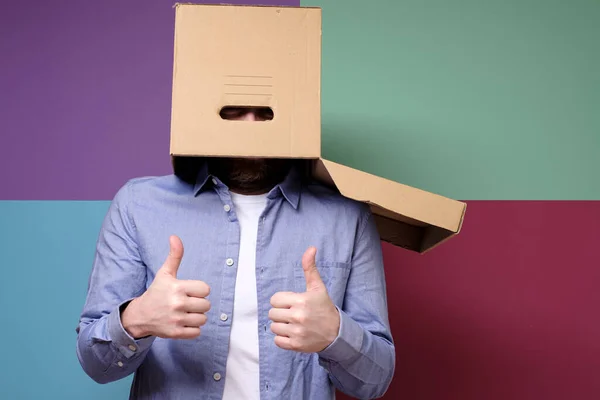Consider a baffle wall. The speaker baffles are flush with the wall and so SBIR is eliminated.
Now for a slightly odd idea...
What if an indentation is made in the listener wall, which you can rest your head back into, so that your ears are flush with the wall.
Would this also eliminate LBIR?
Might you expect any other effects in this arrangement? (Audio ones, not neck ache)!
Would it sound good or awful?
Now for a slightly odd idea...
What if an indentation is made in the listener wall, which you can rest your head back into, so that your ears are flush with the wall.
Would this also eliminate LBIR?
Might you expect any other effects in this arrangement? (Audio ones, not neck ache)!
Would it sound good or awful?
Last edited:

